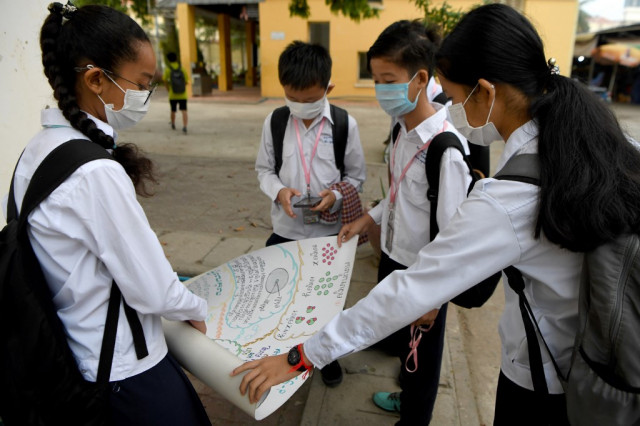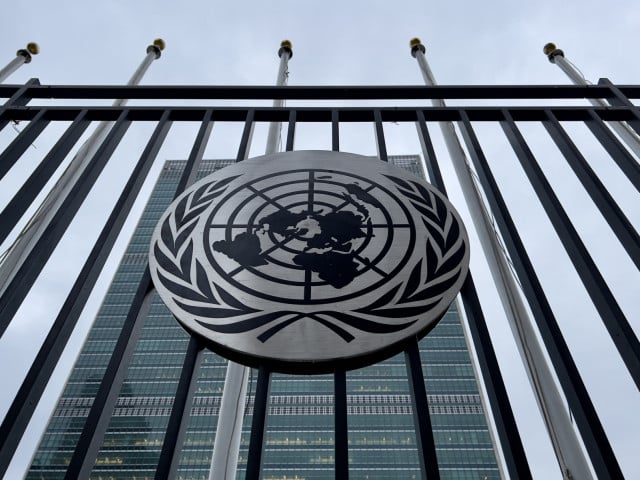Kālī, “The Goddess with Her Owls”

- Cambodianess
- April 24, 2021 10:15 AM
PHNOM PENH--The National Museum of Cambodia in collaboration with the École française d'Extrême-Orient (EFEO), or French school of Asian studies, has been holding its first virtual exhibition to commemorate the 100th anniversary of the museum. During the exhibition period, some sculptures and their histories are to be displayed digitally. With the approval from the National Museum of Cambodia, and in contribution to the promotion of Khmer cultural heritage, Cambodianess is pleased to present an overview on Kālī, “The Goddess with Her Owls”.
It was inside the large red brick tower, the Prasat Kraham, used as the eastern entrance pavilion of the third enclosure of Prasat Thom, that George Groslier in 1923 gathered together the fragments of the bust of this Goddess, which were littered about in a vast chaos of fragments and pedestals. This clutter was all that was left of a formidable group of sculptures centered on a monumental Śiva with five faces and ten outstretched arms performing a frenetic and virtuosic dance – a dance that shakes the world, raises terrible winds and begins the end of a cosmic cycle.
Seated at his feet to the left, the Goddess Kālī vied in her horrific expression with Śiva, while on the right side, the Goddess Umā – today at the Guimet museum – danced while smiling sweetly. At the back of the group stood two male figures, those of the drummer Nandikeśvara and of Śiva’s other watchman Mahākāla. Only a few fragments of them have survived. In the funerary organisation of this Śaiva temple, this sculptural group preceded that of the Judgment of the Dead located in the eastern gopura of the second enclosure.
Not only the bust, but also the palm of a right hand holding a man's head caught G. Groslier’s attention, and this too he brought back to the
museum. Did he suspect that it might one day be reunited with the knee it leant upon to display that decapitated head?
In 2012, Kālī's pedestal was brought back to the museum and, three years later, her pelvis was recovered from the undergrowth near the temple.
The Goddess could thus regain her poise.
The statue has suffered the ravages of time, various upsets, looters, no doubt fire, and also, because of humidity, penetration by soluble salts that have eaten her away and cleaved her sandstone body from its base. The reassembly of her weakened parts was not easy and there are still many shortcomings. The restoration chosen, long and delicate, was primarily archaeological and sought to conserve what survives rather than to reconstruct. Even in this state, Kali, with loose hair falling over her shoulders, and carried by four owls, retains her magnetic power.
“A demon, ogress or fury, wife of the terrible Râkshas, was recently discovered in the northeast, in Koh Ké. Only the torso remains, an admirable head of hair which spreads in curls over the shoulders, a sumptuous diadem, a part of the face which reveals a grimacing mouth with protruding fangs, and finally, as they used to say in the gallant century of Louis XV ‘the finest chest in the world.”
Translated from George GROSLIER, « La femme dans la sculpture khmère ancienne », Arts Asiatiques, 1925.
Text provided by the National Museum of Cambodia















